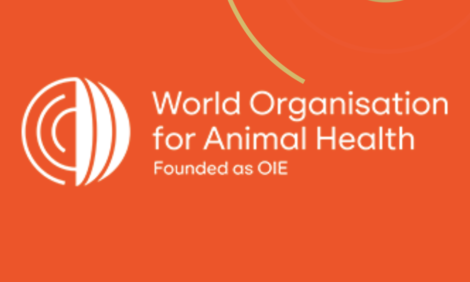



Difficult economic conditions stymie growth of Argentina's chicken sector
oultry producers anticipate only slightly higher domestic demandArgentina's USDA Foreign Agricultural Service post forecasts 2025 chicken meat production at 2.545 million metric tons (MMT), according to a recent US Department of Agriculture (USDA) Global Agricultural Information Network (GAIN) report. Poultry producers anticipate only slightly higher domestic demand. Difficult macroeconomic conditions in Argentina constrain additional growth.
Production has risen to meet domestic demand. As beef prices rise amid the economic recession, consumers have turned to more poultry for their protein. More than 80% of the country’s chicken meat production is processed in 55 federally inspected plants. The remaining volume is produced at 40 additional plants that are regulated and restricted by provincial authorities for domestic sale only, with a small amount of on-farm and backyard production.
Commercial broilers for the domestic market are slaughtered at 49-52 days at a carcass weight between 6–6.5 pounds while those for many export markets are slaughtered at 28-32 days at a much lighter carcass weight between 2–2.5 pounds as requested by those markets. Post estimates that over 900 million birds will be slaughtered in CY 2025 between nationally and locally inspected plants, and more than 80 percent of the industry is in the Provinces of Buenos Aires and Entre Rios.
The bulk of Argentine broilers are produced by large vertically integrated companies that manage all stages of poultry meat production, from raising broiler breeders to marketing the meat, processed products, and by-products. This control over the supply chain provides these companies with traceability throughout the entire production process. The leading companies primarily focus on four areas for their continuous improvement and research plans: genetics, feeding, handling, and health. As market conditions permit, these companies also invest in new technology and equipment, though import restrictions on inputs create challenges in planning or upgrading facilities.
No new major investments in processing capacity have been announced since the new administration took office in December 2023. Difficult macroeconomic conditions in Argentina, coupled with tight financing conditions for facility renovation and improvement, further restrict productivity growth. Despite these challenges, existing slaughter capacity should allow for increased production by up to 10 percent, even without additional investment in processing facilities.
While the Argentine poultry industry has higher costs than some competitors, export taxes on feed ingredients provide an advantage to the industry. Although the export prices for Argentine grains and soybeans are in line with global prices, domestic prices for these feed ingredients are lower (without having to pay their respective export tax rates). Poultry producers, therefore, can purchase compound feed at lower prices than their competitors in other markets. However, part of this advantage is eliminated since chicken meat faces its own export tax (currently at 6.75%).
CY 2024 production forecast is revised upward to 2.485 MMT.
Production data for 2023 is revised based on the official data now available.










